What Is Depth and How Do You Add It to Your Game?
Going deep on the mechanics of depth

I’ve found there are two types of depth when discussing games: literary and mechanical. This essay is an attempt to formalize mechanical depth into tangible components for designers using my experience as a designer on Death's Gambit. I wrote this as a heuristic primarily for single-player, while also acknowledging its application in multiplayer, although multiplayer introduces a whole extra layer to the metagame in content updates, balance changes, skill brackets, etc that deserves its own separate discussion.
So what is mechanical depth, how do you recognize it, and how do you incorporate it into your game?
What is depth?
People are generally pretty lazy. When confronting a challenge, we’ll usually choose the path of least resistance, because evolutionally speaking, the path with the least risk to success is the smartest choice. Given the opportunity, players will optimize the fun out of any game, deliberately creating a more repetitive experience for themselves by using a proven tactic, even if it might be inefficient, broken, or boring. Spamming attacks in fighting games, farming lives in a platformer and cheesing a boss in an RPG might all be “optimal” for the player.
Depth, or more specifically mechanical depth, is what holds this optimization at bay. Depth is often conflated with complexity, but the two have important distinctions. Complexity comes from the number of variables within the playspace. The playspace consists of the space (board, arena, world), toolset (mechanics, abilities, pieces), opponent (AI, human, yourself), rules (limitations, hierarchies), and challenge (spatial, reflex, memory). The parentheticals only scratch the surface, but the more of these things the player has to take into account, the more complex the game is.
That just means it’s harder to learn.
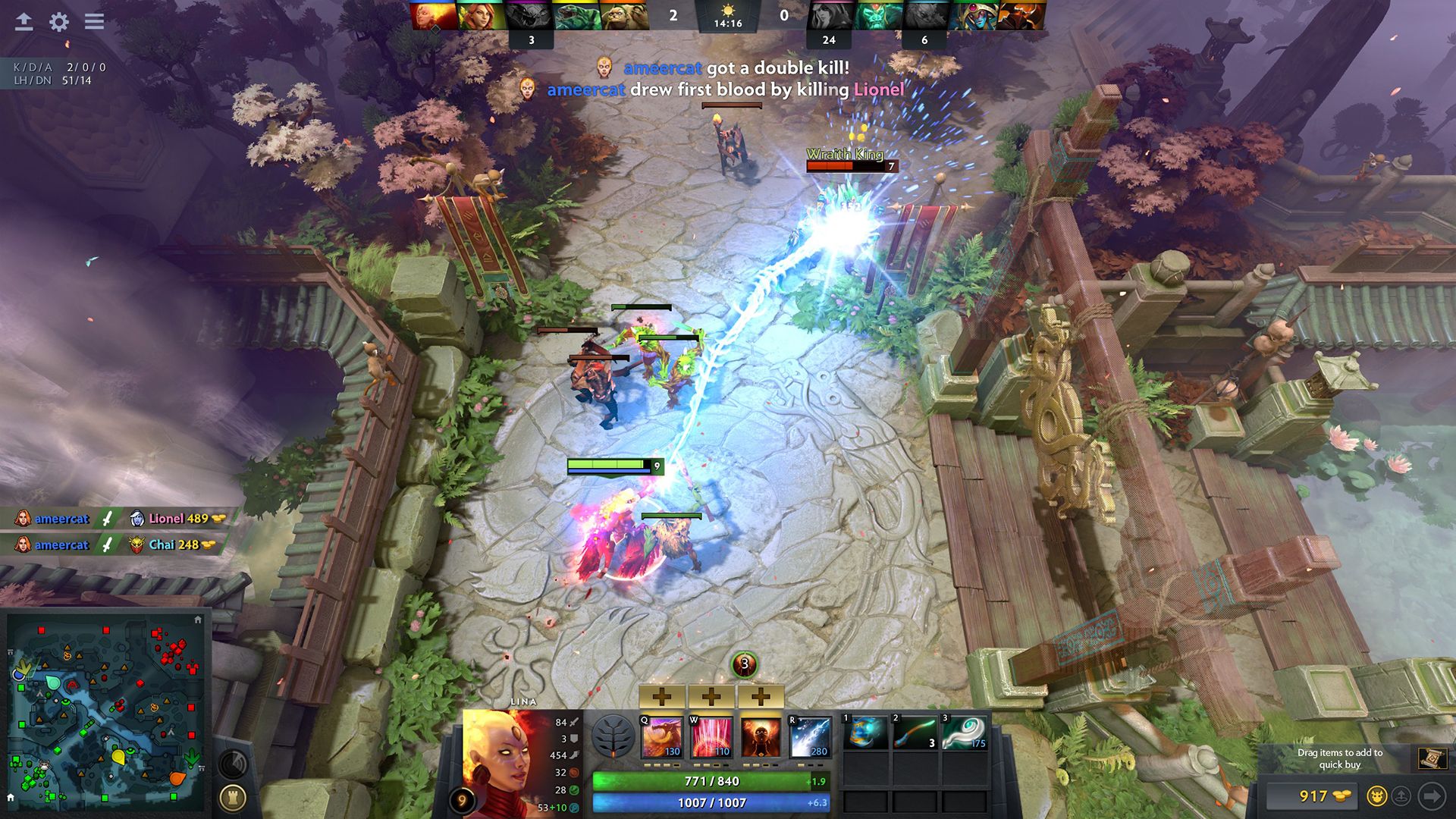
Take DotA, in my opinion, the most complicated MOBA out there. It has day/night, abilities, equipment, consumables, activatable items, levels, terrain, creeps, globals, bottles, a mule, secret shops, item builds, 123 heroes, and much much more. All this complexity gives it one of the steepest learning curves I have ever encountered in a game.
Depth, on the other hand, is the Sisyphean hill up which players try to roll the boulder of optimization. It is the ocean of ambiguity that becomes clearer as the player develops mastery. Depth is the viable possibility space that allows players to make meaningful choices to creatively solve problems. Even better when these choices have varying degrees of risk, with variable outcomes depending on mastery.
Depth is what makes a game hard to master.
Returning to DotA, depth is being able to consume trees to open new routes in the terrain. It’s bottling certain runes to use later. It’s last-hitting creeps and killing your own to deny your opponent valuable gold and experience. Even the most fundamental mechanic of moving has a turn speed that requires mastery to effectively lane. These are all active choices that happen at variable intervals within a match.
For example, buying an item is an investment, since the choice happens once and is then put to rest until the player revisits the shop and reevaluates their needs. How they position in a lane and which creep they target is a persistent problem while they’re laning, but becomes less important when they’re back at their home base. Spacing out these decisions avoids overwhelming players with too many problems at once, but gets them thinking about strategy on multiple levels.
When complexity and depth are in harmony, it is easy to learn, hard to master, and leads to creative expression.

Metas and depth
This is why games of high skill often turn players off. Nobody enjoys the feeling of being bad at something. Newcomers feel they don’t have an opportunity to learn the necessary skills to progress, overwhelmed by problems they haven’t figured out the solutions to yet. On the flip side, veterans who reach a skill ceiling might smurf, or create new characters to try and recapture that sense of “cunning” by demolishing newcomers/easier content.
When a veteran player thinks they have optimized the game, a meta is created. It is an expression of that player’s creativity and problem-solving skills. Metas are the optimal possibilities at a particular time in the game's life cycle. They are paths of least resistance, so it’s no surprise they catch on. No matter how fun or boring a meta is, players trust that someone put in the work to decrypt the game and figured out the best way to win. Why would they then deliberately gimp themselves and play a different way?
To answer this rhetorical question, some players are solely interested in innovating and creating new metas, if only to prove their depth of knowledge and skill. Some players are competent enough and don’t care. Others might just be out of the loop.
The unfortunate side effect of metas is that it prevents players from expressing their own creativity. The mere existence of a meta discourages experimentation by reducing the perceived depth, or by demolishing other playstyles before they have a chance to mature and expand the realm of expression. Some metas might still require a high level of expertise, effectively locking players out of a certain skill bracket unless they can also execute the meta (a more prominent problem in the fighting game world).
There will always be a meta, but in a game with sufficient depth, the meta will always be in flux.
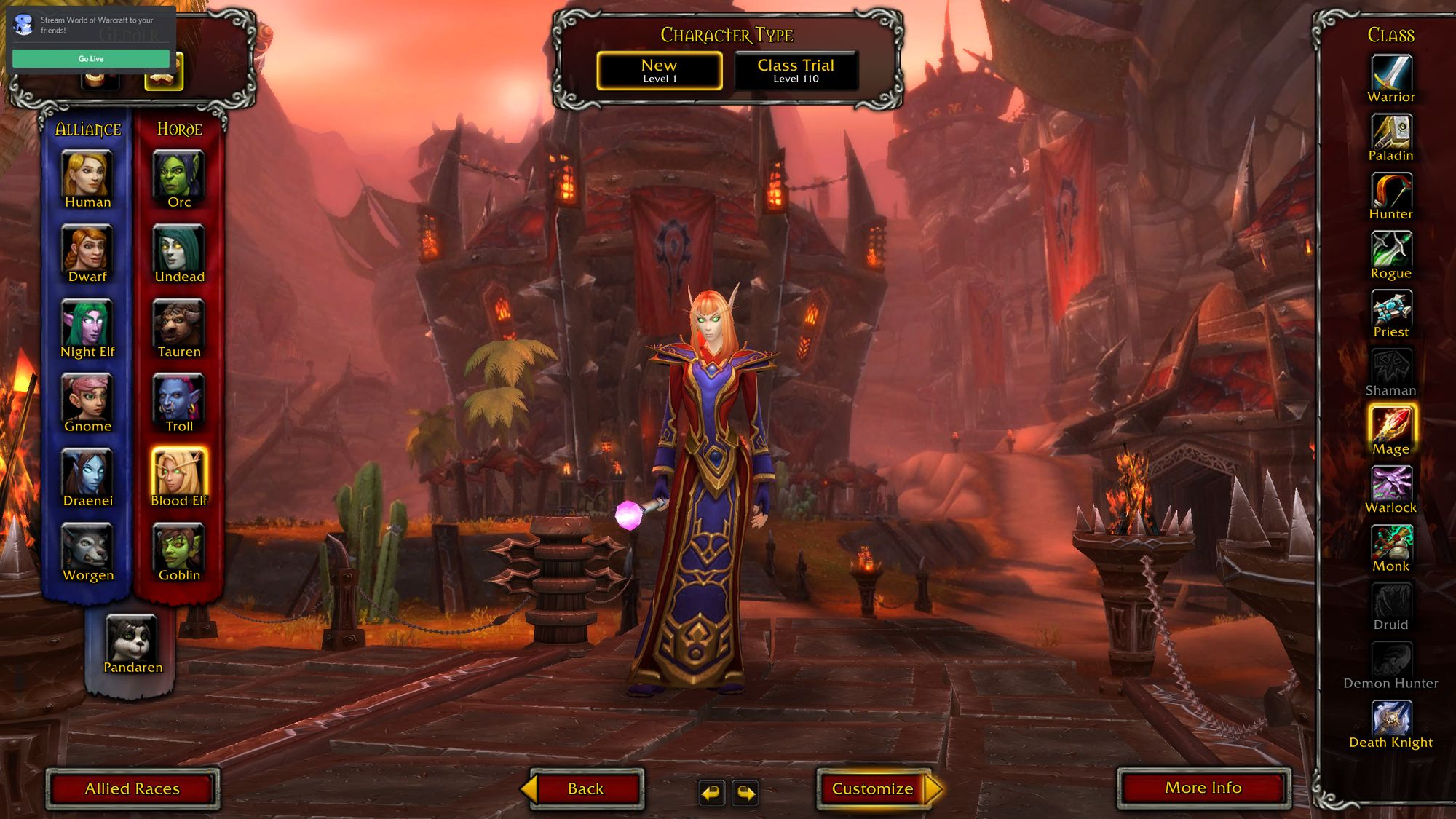
Categorizing depth
How you approach depth will vary with each genre, and perhaps attempting to categorize it is unintuitive. Depth comes from the harmony of its systems and the frequency in which meaningful choices are made, and that will be unique to each game. But I’ve tried my best, giving examples to hopefully get you thinking in the right direction.
Setup
At the shallowest end, you have a one-time choice. This is your class selection, faction selection, starting bonus, etc., usually a decision made outside the problem space of the game. If you include this, you want to avoid significant consequences, because there is no mastery involved in making this choice.
In Death’s Gambit, we let players try their class weapon and starting ability before committing to it, at least giving them an informed decision about the ramifications of their choice.
As a caveat, if this choice occurs within the problem space of the game, you’re probably playing a “narrative” game, and this choice can have significant consequences — but that gets into the territory of literary depth. An example might be Spec Ops: The Line, when you can choose to shoot in the air to scatter civilians or mow them down. The choice is not explicit and requires the player to think of that themselves.
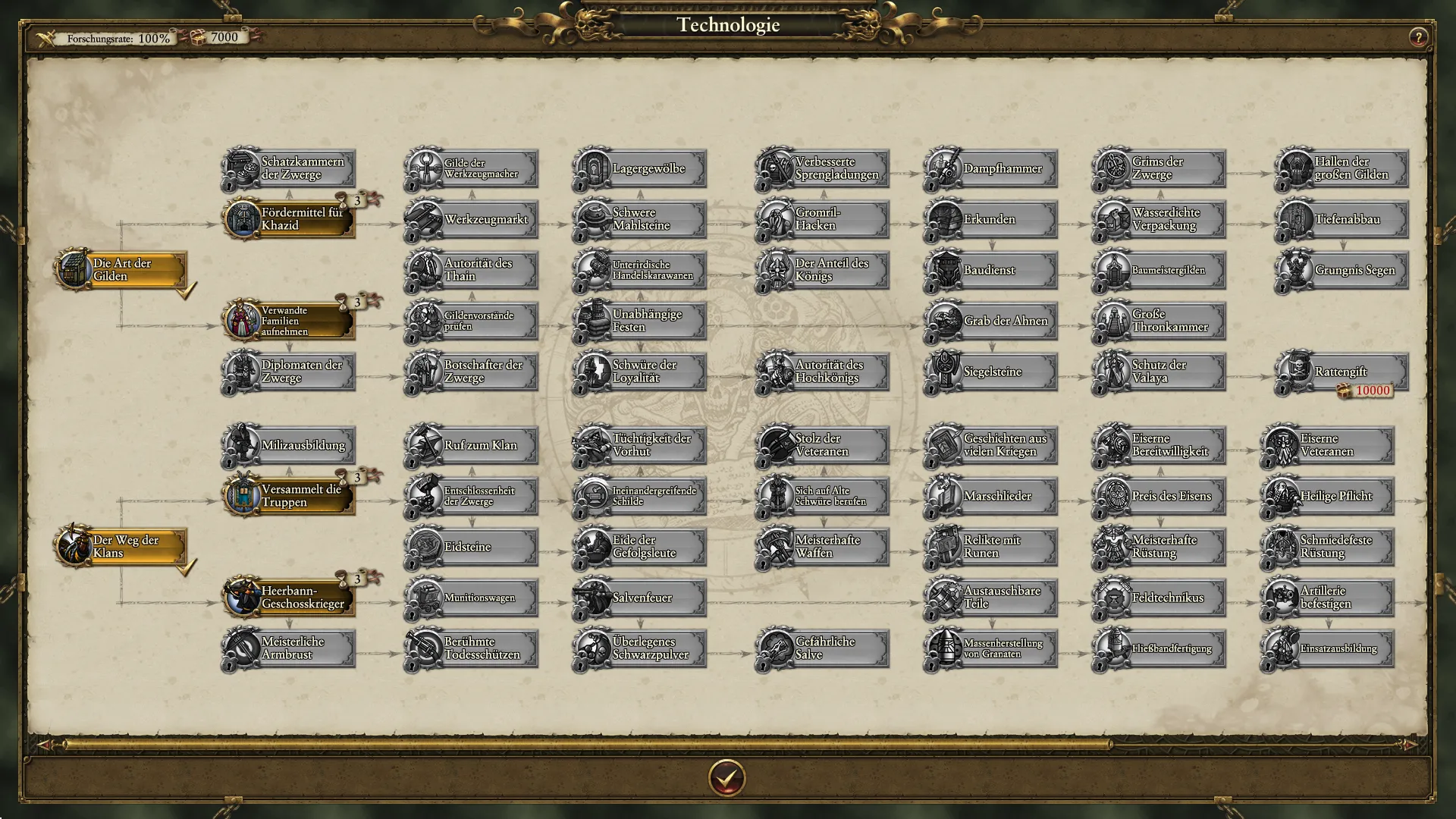
Investment
Next are the investment choices which are typically made outside the game’s primary challenge and spaced out over long periods of time. For more depth, these could evolve with continued investment. These are your tech trees in Civ and Total War, level-ups in Baldur’s Gate, crafting potions in the Witcher, or buying an item in DotA. The goal for this category is a sense of progression or preparation — something that will boost your efficacy overall or situationally.
Temporary and expendable investments like buffs and consumables increase the problem space by introducing a new choice — when to capitalize on them. Investments with trade-offs have even more depth.
Mastery here comes from pre-empting challenges.
An example of this in Death’s Gambit is allowing the player to reduce the total number of available heals for a percentage increase in damage. It’s a decision that can only be made at a save point, giving the choice more weight than being able to switch it on the fly. It’s both meaningful to veterans who are confident they don’t need the heals and just want more damage, and to newer players who might be lacking damage output because of a lack of gear or weapon upgrades. Both healing and damage are valuable, and deciding which is more important for a given encounter is an interesting choice.
We even test this decision-making skill by having boss steal your heals to restore their own health, and another who drops heals over the course of the fight. Both encourage slotting your heals into damage, but don’t require it, allowing for multiple strategies to develop.
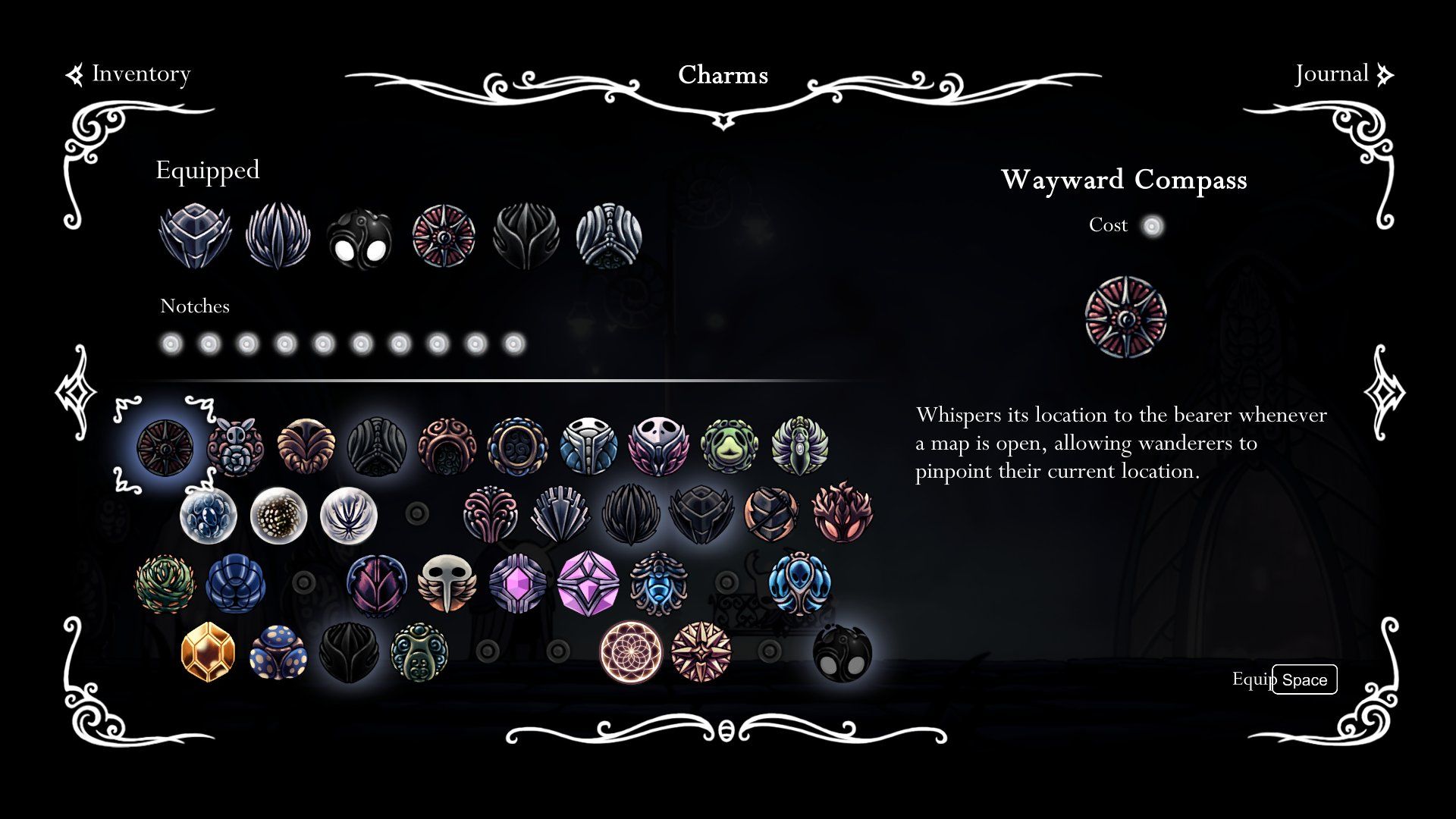
Build
A subset of investment choices is build decisions that directly affect your playstyle, but don’t occur during the moment-to-moment gameplay. These are modifiers you can attach or remove with more ease than the investments above to give you situational advantages or to hone your preferred playstyle.
This is gem socketing in Diablo, loadouts in Rainbow Six Siege, weapons and talismans in Elden Ring, charms in Hollow Knight, or build orders in an RTS. The same rules for temporary buffs and trade-offs apply.
Mastery here comes from knowledge of the game's systems.
Where builds shine is when they offer synergy. Elden Ring’s talismans + weapons + ashes of war are a great example of this. Individually they’re okay but combined, you can create some insane playstyles. What makes Elden Ring stand above its predecessors in this regard, is the separation of the weapon (build), its scaling attribute (investment) which can be changed, and its ash of war (micro). By making all three customizable, players have incredible freedom in creating their ideal weapon that caters to their play style. And that is a shining example of creative expression.

Micro
Lastly, there is the idea of micro-investment. These are decisions you make with immediate consequences. Positioning in an RTS, stance switching in Nioh, lethal or non-lethal takedowns in Dishonored, blocking, dodging, parrying, or attacking in a Souls game. Generally speaking, you want the most depth in your micro because this is where players will be spending the most time.
Mastery here comes from reading the situation.
I’d like to use Hitman as a final exploration of the concept of depth. Your goal is to assassinate a target, but how you do it is incredibly open-ended. The setup is given to you as Agent 47. Sometimes you can customize your build, but that typically only becomes available after you’ve completed a mission once. This opens up new modifiers to tackle the same situation after the player has some mastery of the mission. Investment is taking the time to explore your surroundings and hypothesizing the possible chain reactions of cause and effect. The consequence here is time, as you might miss windows of opportunity. Most of your choices happen at the micro, deciding what costume to steal, what prop to carry, and what glass to poison. But each micro decision is in itself a form of investment as you try to set up elaborate assassinations. And when it inevitably fails and pandemonium strikes, your micro-decisions change entirely to gunplay and evasion.
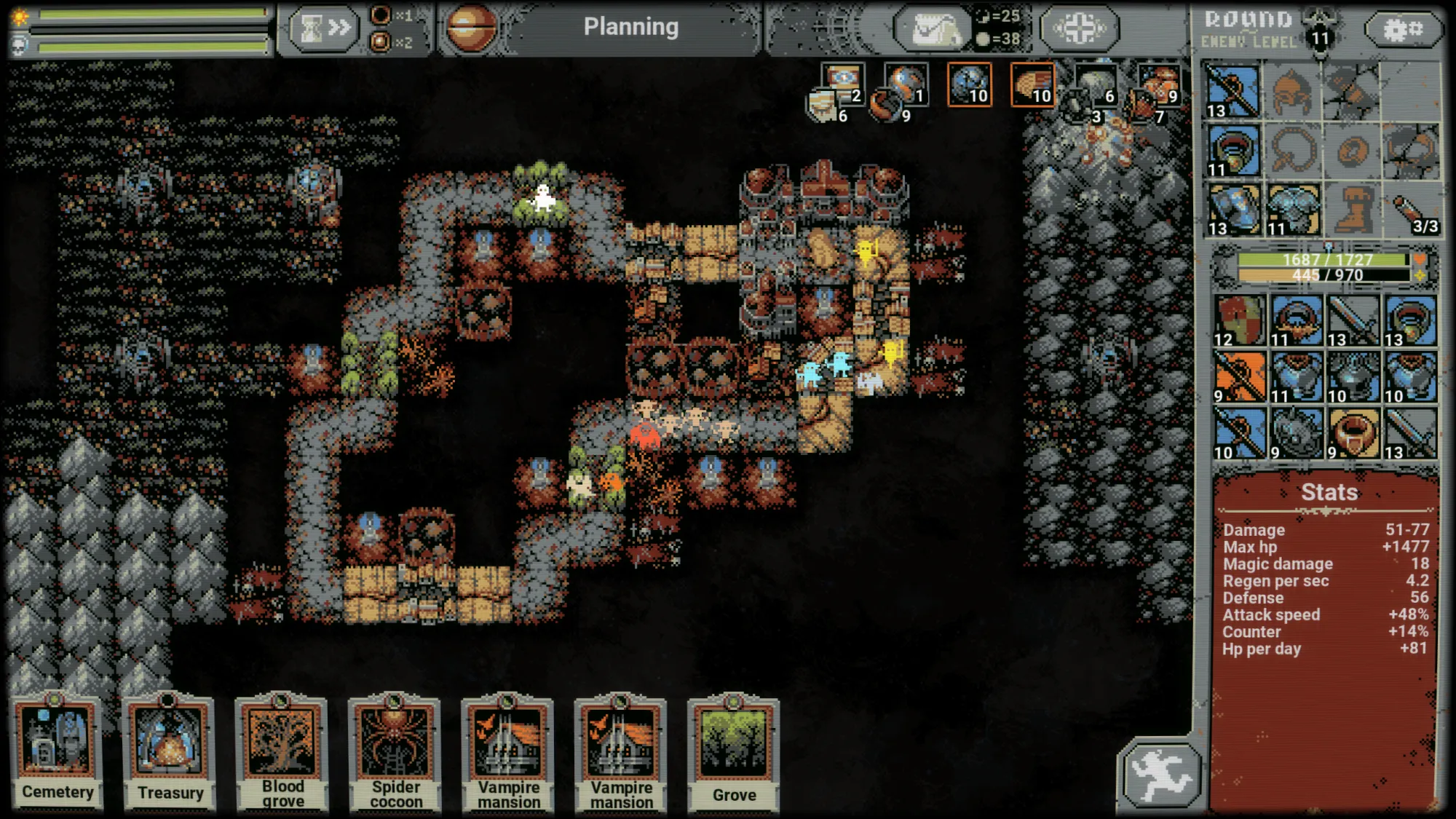
You want to balance depth appropriately for your intended design. Some games like Loop Hero are entirely about investment decisions and have no micro. Card games typically have no investment, but have a heavy emphasis on build and micro. Super Smash Bros only has micro. Figure out where you want your player to spend time critically thinking, and give them meaningful choices there that encourage creative expression.
If you’re wondering whether your game has depth, here are some guiding questions:
- Are there multiple solutions to a challenge?
- Can you prepare in multiple ways and still succeed?
- Do the conditions of the playspace affect the challenge?
- Can you alter the conditions of the playspace?
- Does it require skill or mastery?
- Are there degrees of risk and reward?
The above isn’t an exhaustive list, but if you answered “no” to more than half of these, you may want to reevaluate your design.
What are creative ways you’ve seen depth implemented in a game? Do you have your own set of guiding questions? I’d love to hear your thoughts.
